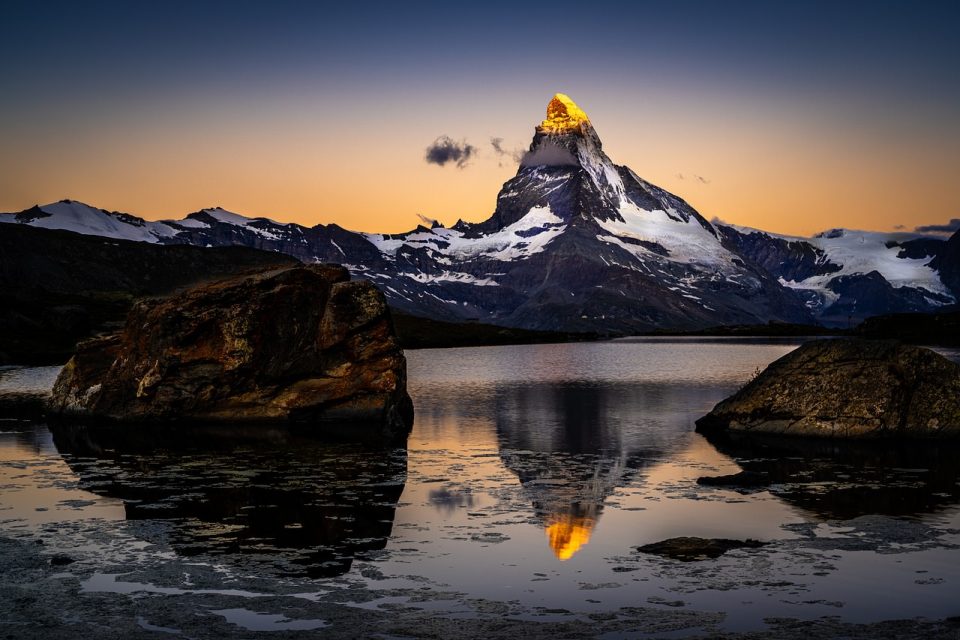The Golden Age of Dutch painting occurred during the seventeenth century and was characterized by an explosion of artistic expression that helped shape the Dutch identity. The era was a time of great prosperity for the Netherlands, which led to an increase in patronage of the arts, and consequently, the emergence of some of the most notable Dutch Masters of all time. In this essay, I will discuss some of the most prominent Dutch Masters of the Golden Age and the characteristics of their painting styles.
One of the most recognizable names in Dutch art history is Rembrandt van Rijn. Born in 1606 in Leiden, Rembrandt is considered one of the most innovative and influential painters of the seventeenth century. His use of chiaroscuro, or the contrast of light and dark, is a hallmark of his style. Rembrandt’s paintings often depict historical or biblical scenes, and he is known for his ability to capture emotion in his portraits. His most famous works include “The Night Watch,” “The Anatomy Lesson of Dr. Nicolaes Tulp,” and “Self-Portrait with Two Circles.”
Johannes Vermeer is another notable Dutch Master of the Golden Age. Born in 1632 in Delft, Vermeer is best known for his genre paintings, which depict everyday life in the Netherlands. His use of color and light is exceptional, and he is considered a master of composition. Vermeer’s most famous works include “Girl with a Pearl Earring,” “The Milkmaid,” and “View of Delft.”
Frans Hals was a Dutch painter born in 1582 in Antwerp, Belgium. He is known for his loose brushstrokes and lively, animated portraits. Hals was a master of group portraiture, and his paintings often depict members of the Dutch elite. His most famous works include “The Laughing Cavalier,” “The Banquet of the Officers of the St. George Civic Guard,” and “Regents of the Old Men’s Almshouse.”
Jan Steen was a Dutch painter born in 1626 in Leiden. He is known for his lively and humorous scenes of everyday life, often depicting Dutch households and taverns. Steen’s style is characterized by his use of bright colors and intricate detail. His most famous works include “The Feast of St. Nicholas,” “The Merry Family,” and “The Village School.”
Jacob van Ruisdael was a Dutch landscape painter born in 1628 in Haarlem. He is known for his stunning depictions of the Dutch countryside, featuring majestic mountains, dense forests, and serene rivers. Van Ruisdael’s paintings often convey a sense of awe and reverence for nature. His most famous works include “View of Haarlem from the Dunes,” “The Windmill at Wijk bij Duurstede,” and “The Jewish Cemetery.”
Pieter Claesz was a Dutch still-life painter born in 1597 in Berchem. He is known for his meticulously rendered still lifes, which often feature an array of objects such as flowers, fruit, and silverware. Claesz’s paintings are characterized by their use of light, shadow, and reflection, which create a sense of depth and realism. His most famous works include “Still Life with a Skull and a Writing Quill,” “Still Life with a Turkey Pie,” and “Vanitas Still Life.”
In conclusion, the Golden Age of Dutch painting was a time of great artistic innovation and creativity. The Dutch Masters of the era left a lasting legacy in the art world, with their distinct styles and unparalleled technical skill. Rembrandt, Vermeer, Hals, Steen, van Ruisdael, and Claesz are just a few of the most prominent figures of the era, each leaving a unique mark on Dutch art history. The combination of their different styles and subjects led to a rich and diverse artistic landscape that helped to define the Dutch identity. The works of these masters continue to inspire artists today and have cemented their place in the pantheon of great painters. The legacy of the Dutch Masters of the Golden Age serves as a reminder of the importance of creativity and innovation in shaping a society’s cultural identity, and their contributions have had a lasting impact on the world of art.












